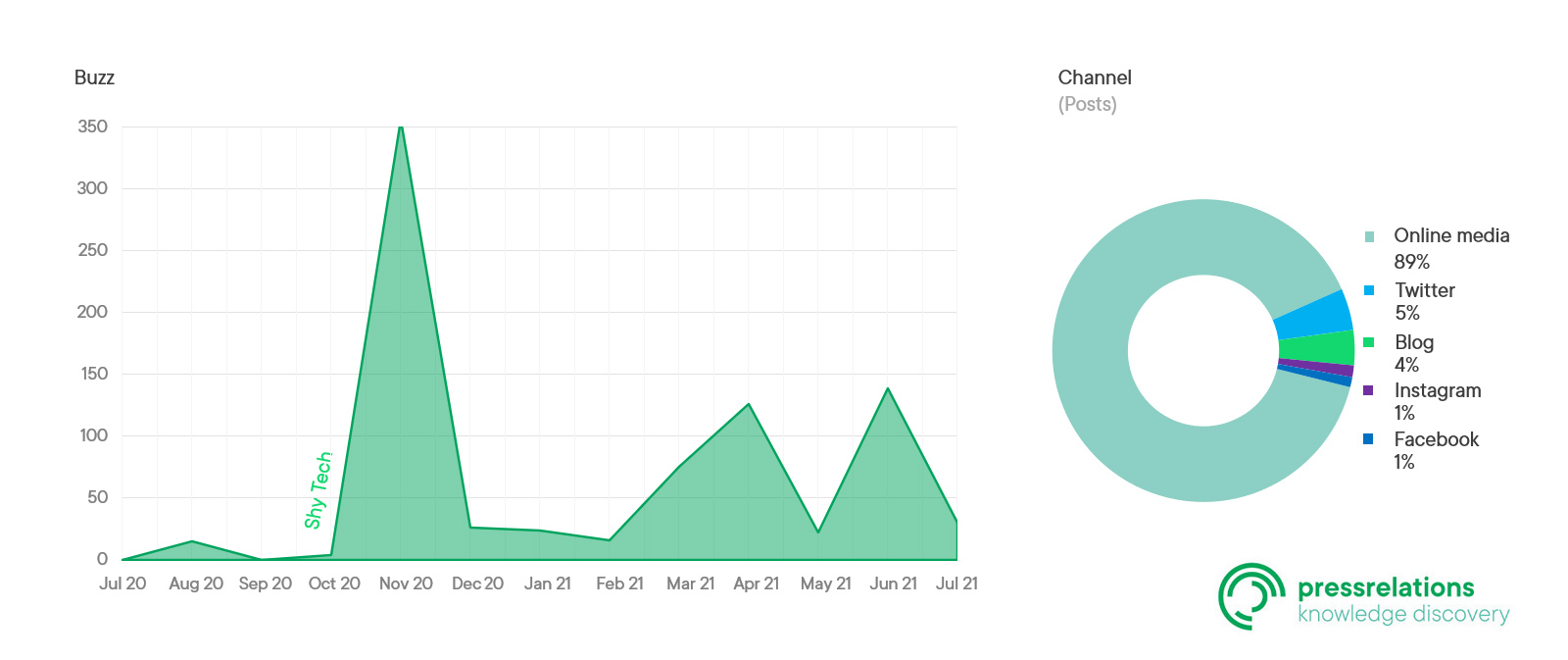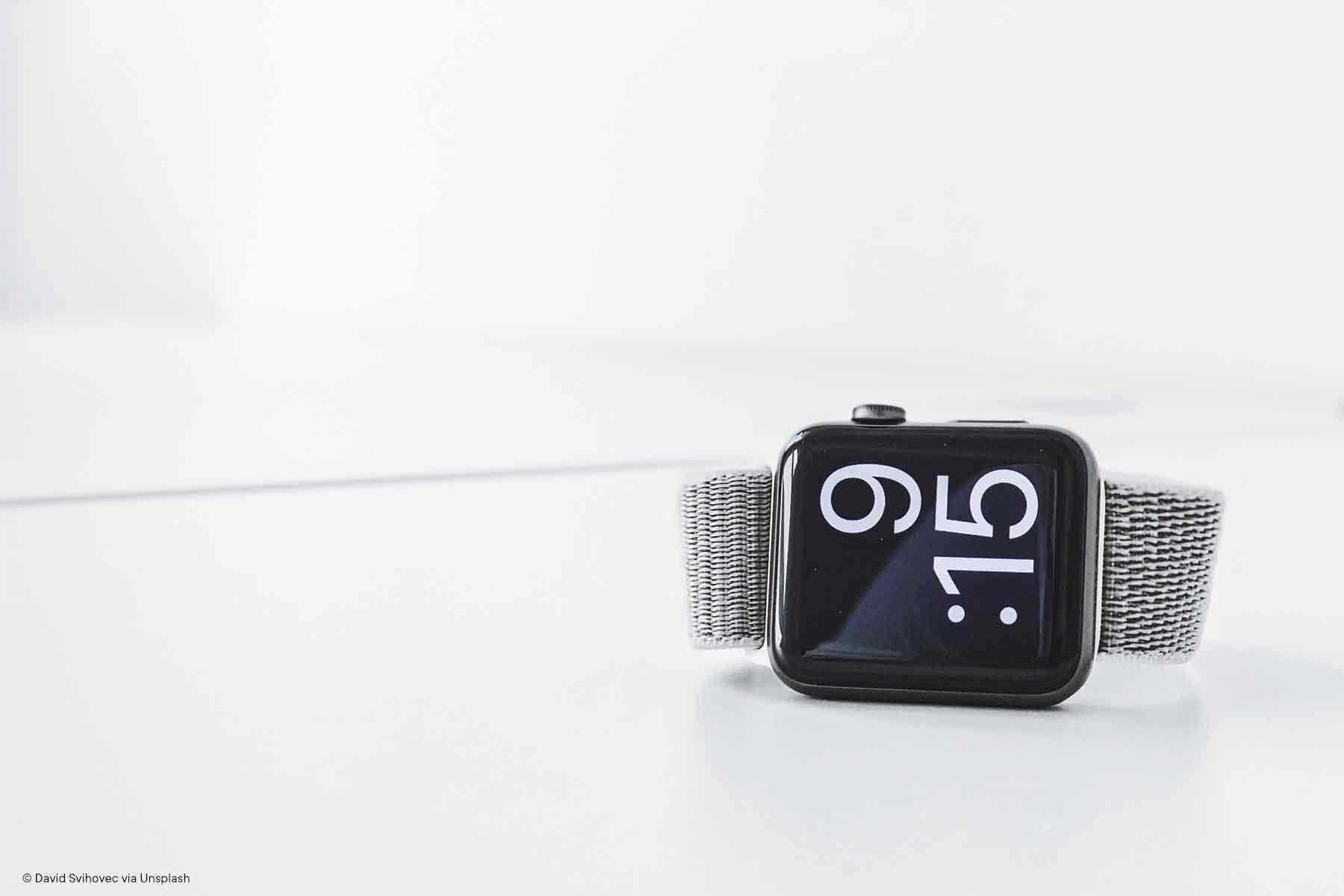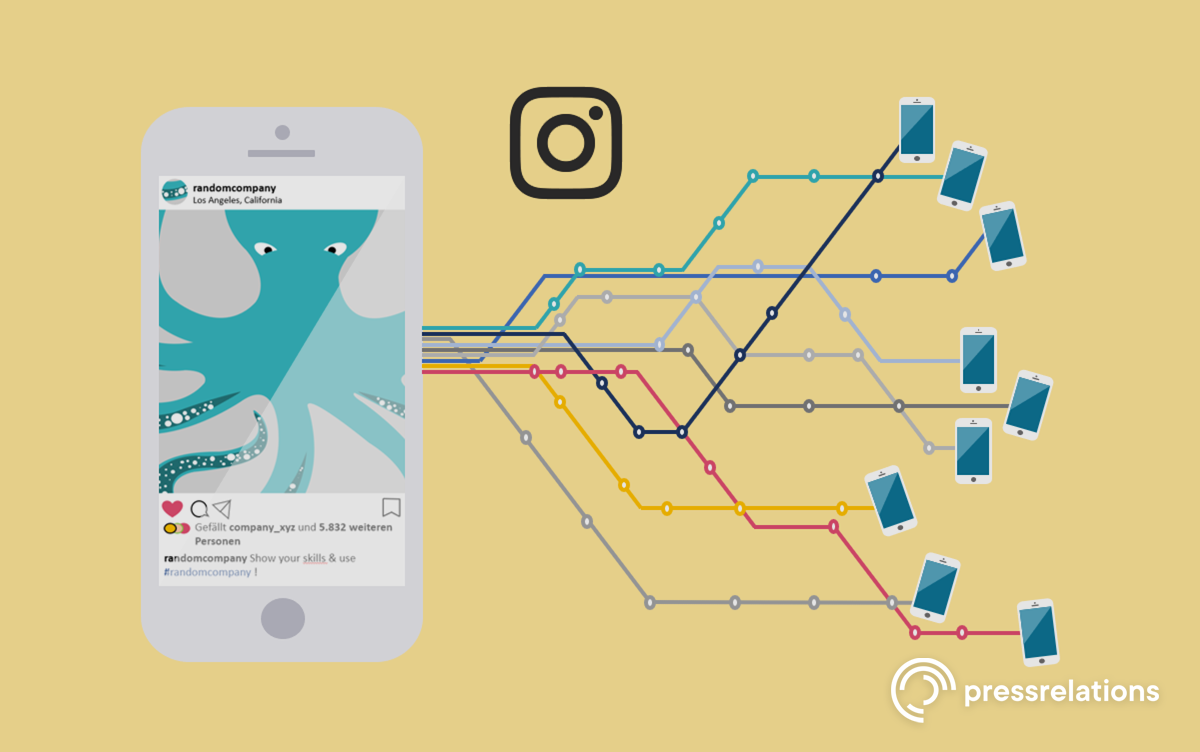Everyone has them at home — high-tech devices hidden behind metal boxes and touchscreens that are supposed to simplify our everyday lives and be constant companions. They seem to be omnipresent — be it the smartphone in our hand, the computer on the living room table, or the TV integrated into the living room wall. In the meantime, a new type of innovation is on the rise — shy tech is currently influencing product design trends in a wide variety of areas and is a lot less intrusive when compared to the usual high-tech devices.
Simplicity, smooth surfaces, and minimalism — this style has already re-established itself in many aspects of our lives, as a somewhat logical response to the colorful and loud era of late-capitalist society. As technology has become increasingly complex in recent years, the industry is aiming to return to minimalist user interfaces and self-explanatory operating patterns without sacrificing functionality. The demand for devices that do not consist of numerous switches and buttons puts the aspect of usability back in the foreground and thus creates the challenge for manufacturers to simplify highly complicated technology as much as possible — at least when it comes to appearance. Voice control and gestures are already solving this problem for many devices. In the future, it might even be possible to use minimalist shy tech with our brains themselves.
CONFUSING VARIETY
Many devices in our everyday lives come from different manufacturers and therefore have different operating patterns. This diversity makes it difficult to transfer data between different operating systems, for example. The solution is to combine various existing technologies into an all-encompassing network so that there is no need to constantly switch between devices. As a result, learning new ways of working will become obsolete. This also means that less hardware is needed, and shy tech can unfold its full potential.
Intelligent technologies like Amazon’s Alexa were not developed to dominate everyday life, but to move time-consuming activities into the background and to carry them out discreetly. Voice assistance technologies like Siri and Alexa adapt to the needs of their target groups, learn from their behavior, observe interests, and respond with the appropriate answers or display user-defined content. Shy tech is thus barely perceptible — it operates completely in the background and is intended to offer users maximum convenience and minimum input.
If you do a search for “Shy Tech”, you will notice that the automotive industry, in particular BMW, is associated with the term. The discussion here revolves around minimalist car cockpits that, with the help of shy tech, will in the future consist only of smooth surfaces, made out of a wide variety of materials instead of the usual switches and buttons. For example, wood could also function as a touchscreen and invisible buttons will be hidden behind fabric and leather. The ultimate goal is to use projections to turn any kind of surface into an interactive control panel, thus keeping the car cockpit sleek and clean.
pressrelations’ SearchPool shows that the topic of shy tech is booming in this industry, but so far only in the online sector. Shy tech does not seem to play a major role in society yet, as evident by the low volume of posts on social media, where there are hardly any discussions or opinions on the topic. There is still hardly any desire to make technology visually disappear from our everyday lives. This is mostly due to the fact that shy tech has only recently appeared on the web. However, it certainly has the potential to develop into a major digital trend beyond the automotive industry. It’s worth taking a look at China here — the topic of shy tech is far more present there than in many other countries. China’s technical innovations are far ahead of the rest of the world and new developments in the area of shy tech will certainly find their origin there.

People no longer have to adapt to technology. In fact, it’s the other way around — technology disappears into the background to meet the human desire for minimalism, and thus integrates itself ever more seamlessly into our everyday lives.





